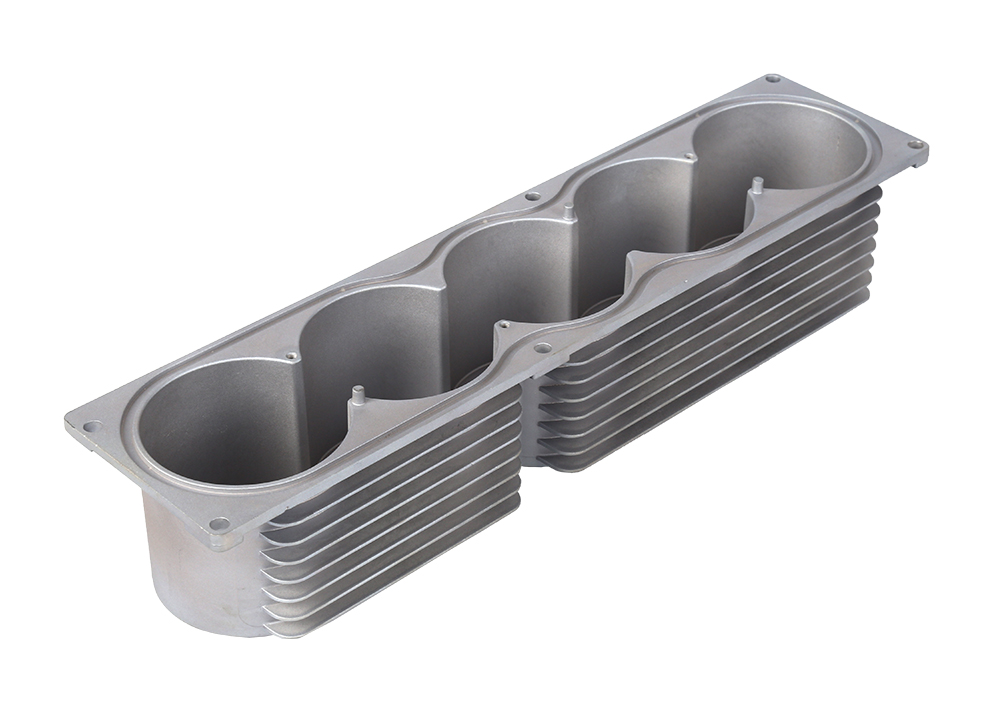Time:2023-08-28 Preview:
1. High rigidity, heavy cutting
All use resin sand wear-resistant castings, strong and tough bones, oversized columns, wide and low seats, and honeycomb structure. After annealing treatment, the stress is removed for a long time without deformation.

The three axis adopts a rectangular guide rail with strong rigidity, which can withstand heavy cutting. The workbench is finely ground and quenched, greatly enhancing the surface hardness.
2. High precision
The three-axis transmission adopts Taiwan, China C3 grade fine ball screw and P3 grade bearing to ensure the positioning accuracy and repeated positioning accuracy.
The three axes are all equipped with Mitsubishi servo motors and spindle motors from Japan, with direct transmission, providing weak power and ensuring feed accuracy under strong load-bearing capacity.
The P3 level spindle selected ensures the advantages of high reliability, long service life, low noise, low vibration, and high accuracy of the spindle.
Control system characteristics of hard rail machining centers:
Good stability, fast speed, and high accuracy
The Mitsubishi CNC system of * is selected, and the M80 series adopts servo drive, ensuring high stability, fast speed, smooth surface, and high accuracy of the control system. It has the functions required for mold manufacturing and is the * choice for mold production.
 Related News
Related News·What should be paid attention to before metal die casting production? ·CNC machine tool processing core bearing bearing is the column type as the core ·What are the advantages of CNC precision machinery processing? ·What are the methods for tool alignment in CNC machine tools ·Surface processing of hardware parts ·CNC walking heart machine blade row structure · The irreplaceable development direction of electric spark ·On the Future Development of Hardware Parts ·Reasons for poor powder spraying effect of hardware ·The cornerstone of intelligent manufacturing in CNC systems


